The Sony Xperia X Preview
by Joshua Ho on May 31, 2016 8:02 AM EST- Posted in
- Smartphones
- Snapdragon
- Sony
- Qualcomm
- Mobile
- Xperia
- Snapdragon 650
- Xperia X
Preliminary Battery Life
Of course, the display doesn’t make a phone, so in the interest of trying to present more information to someone that might be pre-ordering the phone today, I also went ahead and ran some initial battery life tests. Battery life is arguably the most important part of any phone, so we’ve made some serious efforts to improve our testing here even more than before. As discussed in previous articles, our new web browsing test for 2016 brings a new suite of web pages that more realistically represent what people are viewing today, and adds a scrolling component that adds a steady state load to test the display pipeline in addition to CPU governors/schedulers and their ability to react appropriately to these loads. In order to properly test devices in comparable workloads, we attempt to disable all background tasks and target 200 nit display brightness in order to give a good idea for what relative battery life will be for an average user.
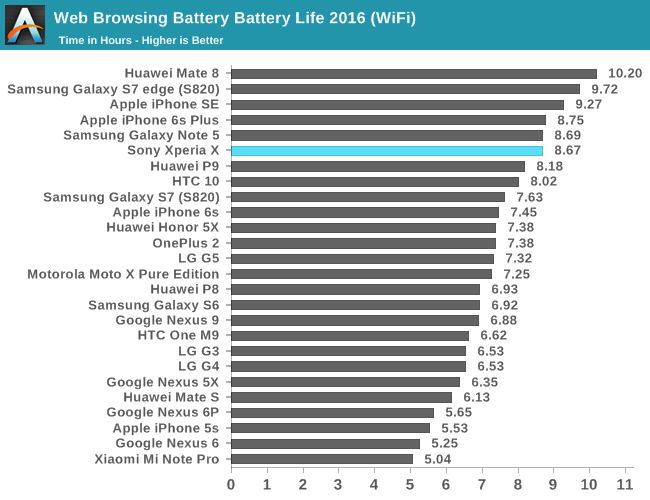
Given the 28HPm SoC and 10.09 WHr battery, you might think that the Xperia X would perform horribly on our tests, but in practice the Xperia X is actually an excellent performer in our web browsing tests. Of course, we still need to collect more data to see exactly how it performs, but this test tracks fairly well with experiential battery life as it provides a fairly significant CPU and network load rather than a purely display-bound one.
Storage Performance
One of the other major areas of interest for testing here is storage performance. As we’ve seen in phones like the iPhone 6s, the combination of SoC and storage performance improvements can result in significant, perceivable improvements in user experience. Incidentally, due to a general lack of marketing here it’s fairly easy for most OEMs to cut costs here because most reviewers don’t really remark on it and by the time storage performance actually becomes a concern a few months down the road no one is paying attention other than the users of the device. In order to at least try and test storage performance, we use AndroBench 4 to get a better idea for overall performance, but this is really just a first order approximation and hides an immense amount of information that you would want to properly evaluate storage performance.
However, before I get into results it’s worth covering exactly what settings we’ve chosen for this test, and why as I’ve increasingly seen quite a bit of confusion over how we get the results that we do. By default, Androbench 4 is using relatively ridiculous settings. For example, for sequential reads and writes it uses a 32MB block size when the average sequential read/write is more like 256KB or 512KB. It also sets 8 IO threads by default, which to some extent is unreasonable because such a test setting is really mostly designed to favor storage with a UFS controller and using such aggressive settings can actually have a detrimental effect on eMMC performance due to resource contention issues. In general, it also may not make a lot of sense to implement multithreaded IO in programs as single-threaded IO is going to be simpler to implement and in general more likely to be used in real programs.
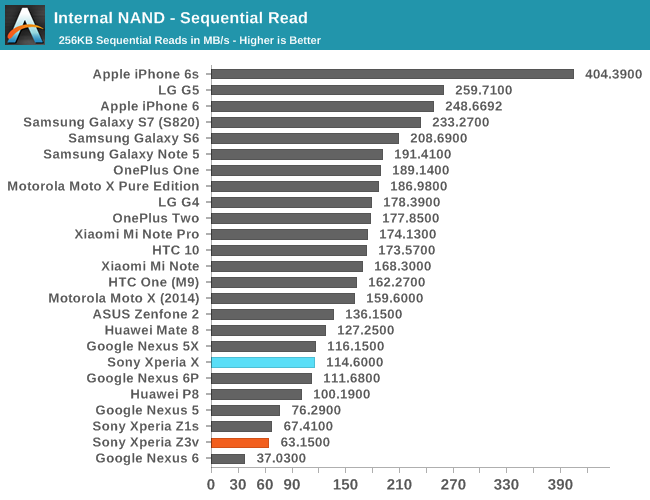
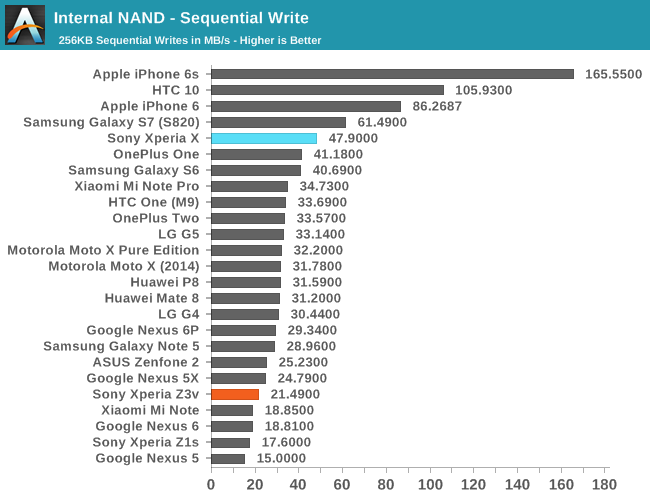
Now that we’ve gone over the test conditions, we can look at the actual storage performance, and storage performance is honestly at least slightly disappointing when Xiaomi and other OEMs are shipping significantly faster storage in phones that are hundreds of dollars cheaper. Sony is using Toshiba eMMC of some sort, but I wasn’t able to figure out exactly what it was as the model name isn’t anything that shows up on Google. Of course, it’s possible for a phone to end up being faster than expected despite differences in storage performance, but this sort of cost cutting is concerning when pretty much all of the high-end phones in the market are shipping solutions that are clearly faster regardless of protocol and storage standard.
Initial Thoughts
Overall, the results I’ve seen so far from the Xperia X are concerning. The asking price is well within range of a flagship smartphone, but I’m just not seeing where the phone can justify its asking price so far. I don't really have anything against Sony here, but I'm definitely feeling let down given the praise that I've often seen around Sony phones. The phone is good in some ways, but it's almost unacceptable in others.
To try and explain what I mean, we can start with the display. It's clearly high quality because the display has a fairly impressive gamut for an LCD, and both peak brightness and contrast are quite respectable. Viewing angles are also excellent and the display is laminated quite closely to the cover lens to give the impression that the display is almost painted on the glass. However, the poor calibration really sours the whole experience because just about everything looks wrong on the phone, whether it's logos and UI elements or photos and videos. I'm not sure whether other reviewers just didn't notice or overlooked these issues, but it's a significant issue for me and it's evident to me that this problem has been ongoing for multiple generations now.
Another major concern for me is storage performance, as it appears to be below what we’d expect for a phone of this time and price as well. To some extent I'm willing to give a pass to the HTC 10 for using an eMMC solution because it isn't a clear-cut case of cost-cutting in the hopes that no one would notice, but in the case of the Xperia X it's really quite obvious that performance lags behind the competition. Of course, it'll take some Discomark testing to see just how much of an impact there really is, but this kind of component selection is concerning to some extent.
However, there are some silver linings to be found. In the case of battery life, the Xperia X appears to be noticeably above par, on the order of 10-15%, which just goes to show that battery size cannot be used to approximate battery life when comparing between devices. It's actually quite impressive to see how Sony is getting so much battery life from a relatively small battery, and I suspect that a combination of the Snapdragon 650 and efficient display goes a long way here. Sony definitely deserves credit here for shipping a phone with such high battery efficiency.
Despite such silver linings, I still think it's too early to deliver a definitive verdict on the Xperia X. I like parts of it quite a bit, but other parts are concerning to say the least. To really weigh all of these things and see the balance will require a full review, which should be forthcoming in the near future.


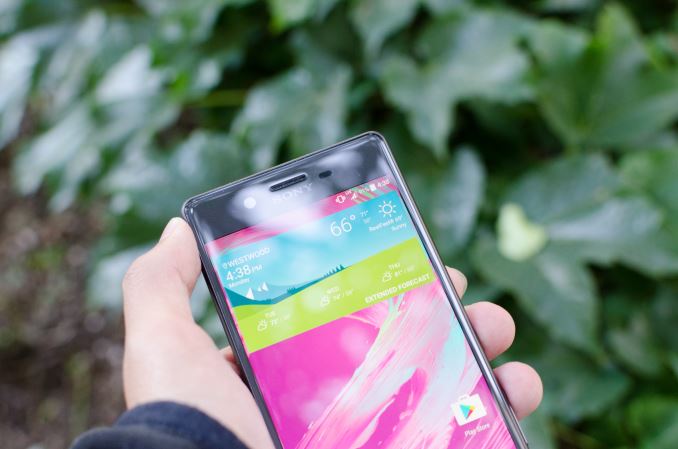

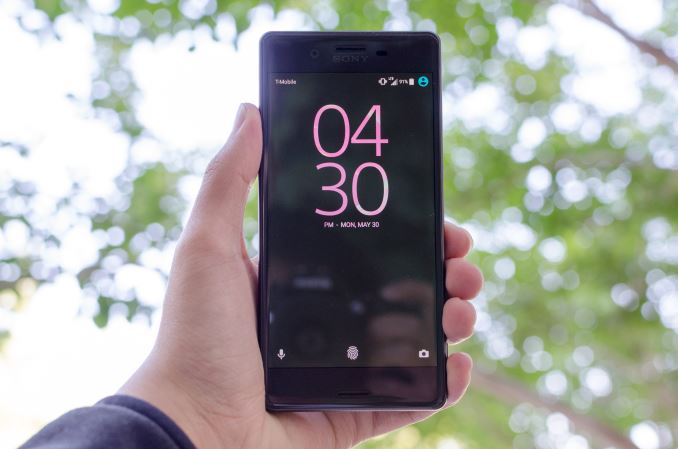








45 Comments
View All Comments
Lolimaster - Tuesday, May 31, 2016 - link
Yes another high end phone destroyed by pathetic image qualit.@Editor
Fix the 1st tables, your putting the z3v where the X shouldve been.
Lolimaster - Tuesday, May 31, 2016 - link
So if you care for screen image quality you basically got 2 options:Apple for IPS
Samsung for OLED
Nothing else.
Spectrophobic - Tuesday, May 31, 2016 - link
Or the Nexus 5X. Too bad the SoC is garbage.zodiacfml - Saturday, June 4, 2016 - link
The Nexus 5X's SoC is the best option during its time as the Snapdragon 810 and 6P just results to expensive hardware with little benefit.grayson_carr - Tuesday, May 31, 2016 - link
Yep. As someone who prefers LCDs, it pains me that Android phones almost never have high quality, well calibrated LCDs. I bought the Nexus 5X and liked it, but it was decidedly midrange and just didn't excite me. Now I have an S7 Edge, which is good, but I prefer LCD to AMOLED. Might have to bite the bullet and go iPhone 7 Plus if they stick to LCD, but then I'll probably hate iOS still. Arg.fanofanand - Thursday, June 2, 2016 - link
I looked at the 5X, but not enough storage, not enough RAM, and IMO a poor SOC choice. I ended up buying a lightly used N5 off Swappa, couldn't be happier.Spectrophobic - Thursday, June 2, 2016 - link
So you were happy with an even more inferior product?Meteor2 - Tuesday, June 7, 2016 - link
5X is a great phone. Screen is A1; SoC is not in benchmarks but it's fast in real life.Lolimaster - Tuesday, May 31, 2016 - link
And for me thats the most importante thing, if you fail at that you just failed you whole launch.grayson_carr - Tuesday, May 31, 2016 - link
Man, I can't believe Android OEMs still haven't figured out how to put high quality, well calibrated LCDs into phones in 2016. They're usually either high quality and poorly calibrated or mediocre quality and well calibrated. The Nexus 5X is the best LCD I've seen in an Android phone, and it's a $350 midrange phone! Apple is putting great, well calibrated LCDs in the Plus iPhones. Why can't Android manufacturers do it?